Oceanman113
Sapling
Can anyone identify this juniper?
I found this tree under a thorn bush in my yard. It had been deprived of light and space for years. I gently removed it (turns out it was 2 trees). The trunk had made a fascinating shape over the years so I took a closer look.
The trunk had thin bark that was shedding and a scratch test showed it was very alive in 80% of branches, but the foliage was brown. I checked the roots and they were all very healthy, so I potted them in good soil/original soil-gave them sun, feed them just a mild recovery liquid and let them recover for a few weeks. Some new leaves have spouted, so I recently fertilized with an all around Slow release bonsai fertilizer I had. Some of the branches are dead so I was thinking about turning them into “Jin” style once the trees recovers more. I wired up one of the branches and gently adjusted.
I guess I’m looking for thoughts about the trees and any suggestions to help them recover. It may help to know the exact species also. Thanks.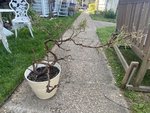
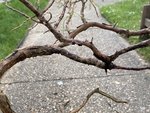
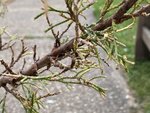
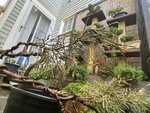
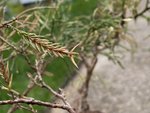
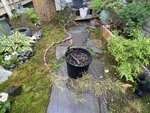
I found this tree under a thorn bush in my yard. It had been deprived of light and space for years. I gently removed it (turns out it was 2 trees). The trunk had made a fascinating shape over the years so I took a closer look.
The trunk had thin bark that was shedding and a scratch test showed it was very alive in 80% of branches, but the foliage was brown. I checked the roots and they were all very healthy, so I potted them in good soil/original soil-gave them sun, feed them just a mild recovery liquid and let them recover for a few weeks. Some new leaves have spouted, so I recently fertilized with an all around Slow release bonsai fertilizer I had. Some of the branches are dead so I was thinking about turning them into “Jin” style once the trees recovers more. I wired up one of the branches and gently adjusted.
I guess I’m looking for thoughts about the trees and any suggestions to help them recover. It may help to know the exact species also. Thanks.






